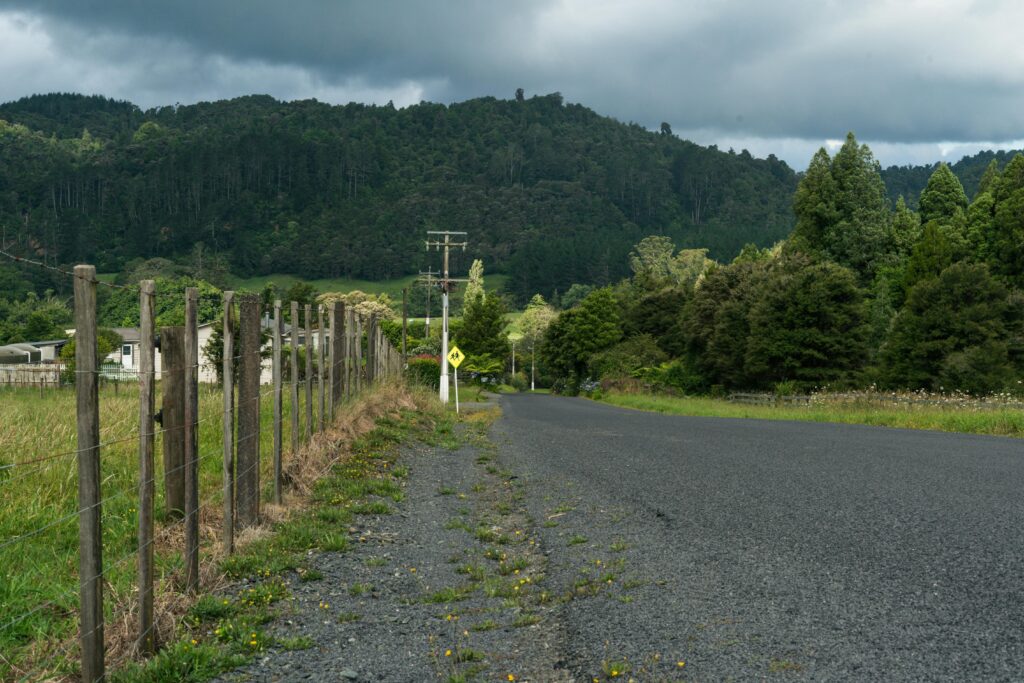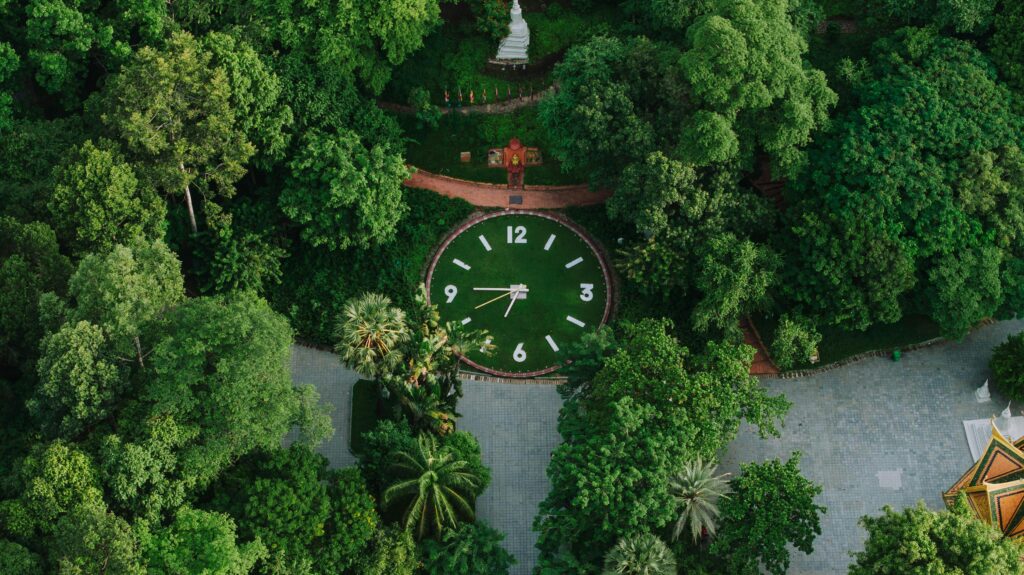Imagine stepping into a lush, timeless realm where every tree whispers stories of the past—this is what it means to travel through the forest of time. This evocative phrase captures the magic of exploring historical sites, ancient ruins, and cultural landmarks that connect us to bygone eras. Whether you’re a history buff or a curious traveler, this journey offers a unique blend of adventure, education, and wonder.
In this article, we’ll explore how to embark on this metaphorical journey, weaving in supported keywords like historical travel destinations, time travel adventures, ancient ruins exploration, and cultural heritage travel to guide you through an unforgettable experience.
What Does It Mean to Travel Through the Forest of Time?

To travel through the forest of time is to immerse yourself in destinations that preserve the essence of history. It’s about walking the same paths as ancient civilizations, touching weathered stones, and feeling the weight of centuries. From the pyramids of Egypt to the medieval castles of Europe, these places act as portals to the past.
This type of travel isn’t just sightseeing—it’s a deep dive into the stories, cultures, and events that shaped our world. By exploring historical travel destinations, you connect with humanity’s shared legacy in a profound way.
Top Destinations for Historical Travel Adventures
Some places stand out as must-visit spots for time travel adventures. Here are a few iconic locations that bring history to life:
- Machu Picchu, Peru: This 15th-century Incan city, nestled in the Andes, offers a glimpse into a sophisticated civilization. Its stone terraces and misty peaks make ancient ruins exploration feel like stepping into a lost world.
- Rome, Italy: The Colosseum, Roman Forum, and Pantheon transport you to the heart of the Roman Empire, blending cultural heritage travel with vibrant modern life.
- Angkor Wat, Cambodia: This sprawling temple complex, built in the 12th century, showcases Khmer architecture and spirituality, perfect for those seeking historical travel destinations.
- Stonehenge, England: A prehistoric monument shrouded in mystery, Stonehenge invites speculation about ancient rituals, making it a cornerstone of time travel adventures.
- Petra, Jordan: Carved into rose-red cliffs, this Nabataean city offers a stunning backdrop for ancient ruins exploration, with its iconic Treasury and ancient trade routes.
Each of these sites allows you to travel through the forest of time, connecting with cultures that have shaped human history.
Why Explore Historical Sites?
Visiting historical travel destinations offers more than just stunning views—it enriches your understanding of the world. Walking through ancient ruins like Greece’s Acropolis or Mexico’s Chichén Itzá sparks curiosity about how people lived, loved, and thrived centuries ago. These experiences foster a sense of connection to humanity, bridging past and present.
A 2023 UNESCO report noted that cultural tourism, including cultural heritage travel, accounts for 40% of global tourism, highlighting its universal appeal. Plus, exploring these sites often involves adventure—hiking to remote ruins or navigating historic cities—making it both educational and exhilarating.
Planning Your Time Travel Adventure
To travel through the forest of time, careful planning ensures a safe and enriching experience. Here are key steps to prepare for your time travel adventures:
- Research Your Destination: Study the history, cultural significance, and current safety conditions of your chosen site. For example, check travel advisories for places like Jordan or Cambodia to ensure Mexico travel safety-level precautions, even if they differ by region.
- Choose Guided Tours: Opt for expert-led tours to gain deeper insights into sites like Pompeii or the Great Wall of China. Local guides bring cultural heritage travel to life with stories and context.
- Pack Appropriately: Bring comfortable shoes for walking through ruins, sun protection for open sites like Machu Picchu, and a journal to capture reflections.
- Respect the Sites: Follow guidelines to preserve these treasures—avoid touching fragile structures or littering to honor their legacy.
- Use Technology: Apps like Google Arts & Culture or Clio offer virtual tours and historical context, enhancing ancient ruins exploration before and during your trip.
Safety Tips for Exploring Ancient Sites
While historical travel destinations are generally safe, some precautions enhance your experience:
- Check Travel Advisories: Similar to Mexico travel safety, verify State Department advisories for your destination. For instance, Jordan is typically Level 2 (Exercise Increased Caution) as of September 2025.
- Stay Hydrated and Protected: Ancient sites often involve outdoor exploration, so carry water, sunscreen, and insect repellent, especially in tropical areas like Cambodia.
- Avoid Crowded Times: Visit early in the morning or during off-peak seasons to enjoy sites like Petra with fewer crowds and cooler temperatures.
- Secure Valuables: Use a money belt to protect passports and cash, especially in busy tourist areas prone to pickpocketing.
These tips ensure your time travel adventures are both safe and enjoyable.
The Cultural Impact of Historical Travel

Cultural heritage travel does more than educate—it fosters respect for diverse cultures and histories. Visiting sites like the Pyramids of Giza or Japan’s Kyoto temples highlights the ingenuity of past societies. It also supports local economies, as tourism revenue often funds preservation efforts.
For example, Machu Picchu’s entry fees help maintain the site and support nearby communities. Engaging with local guides or artisans during your trip deepens your connection to the culture, making your journey a true travel through the forest of time.
Overcoming Challenges in Historical Travel
Exploring ancient sites can present challenges, but preparation makes all the difference:
- Physical Demands: Sites like Angkor Wat involve extensive walking or climbing. Wear sturdy shoes and pace yourself to avoid fatigue.
- Language Barriers: Use translation apps or hire English-speaking guides to navigate non-English-speaking regions like rural Peru.
- Weather Conditions: Check seasonal weather patterns—monsoons in Cambodia or heatwaves in Egypt can affect your experience.
- Crowds and Costs: Book tickets in advance for popular sites like the Colosseum to avoid long lines and secure better rates.
Why Historical Travel Matters in 2025
In a fast-paced, tech-driven world, traveling through the forest of time offers a chance to slow down and reflect. Historical sites remind us of humanity’s resilience, creativity, and shared stories. They also provide perspective—standing amidst the ruins of Petra or the Great Wall puts modern challenges into context. Plus, cultural heritage travel is sustainable tourism, as it encourages preservation and respect for global heritage. With 2025 seeing a surge in interest for meaningful travel, now is the perfect time to explore these timeless treasures.
Conclusion
So, what does it mean to travel through the forest of time? It’s about stepping into history, exploring ancient ruins, and embracing cultural heritage travel that connects you to the past. By visiting historical travel destinations like Machu Picchu, Rome, or Angkor Wat, you embark on time travel adventures that educate, inspire, and awe.
With careful planning, safety precautions, and an open heart, you can make these journeys unforgettable. Start your adventure today—choose a destination, pack your curiosity, and step into the forest of time to uncover the stories that await.
FAQs About the Forest of Time
Where is the forest of time?
The “forest of time” is a metaphorical concept, not a physical place, referring to historical sites like Machu Picchu or Rome’s Colosseum, where visiting feels like stepping into the past.
What is the quote “walk through the forest”?
The phrase “walk through the forest” often symbolizes a journey of discovery or reflection, but no specific quote directly ties to the “forest of time”; it evokes exploring history’s depths.
What is the time of forest?
The “time of forest” is a poetic idea, not a literal time, representing the timeless essence of historical sites that connect travelers to ancient eras through exploration.
What is the quote about seeing the forest through the trees?
The quote “can’t see the forest for the trees” means missing the big picture by focusing on details, but in the context of the forest of time, it suggests appreciating history’s broader narrative while exploring specific sites.
